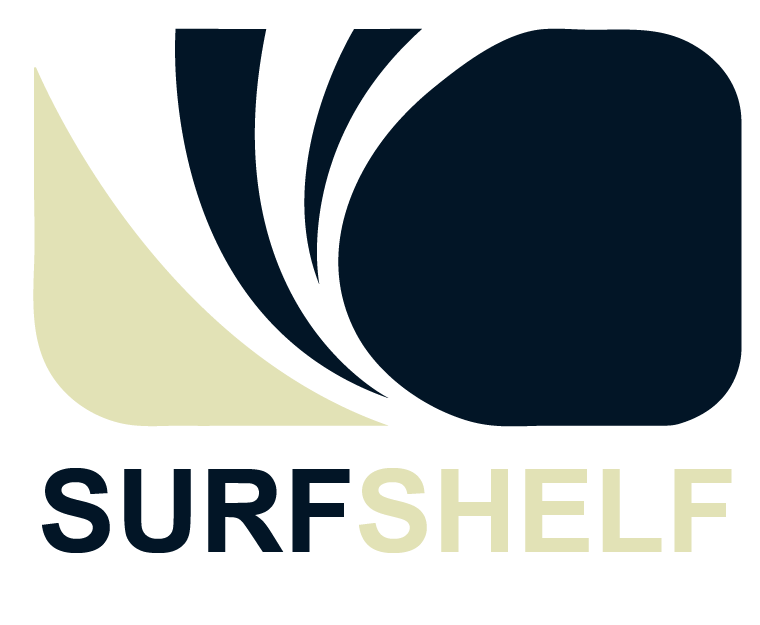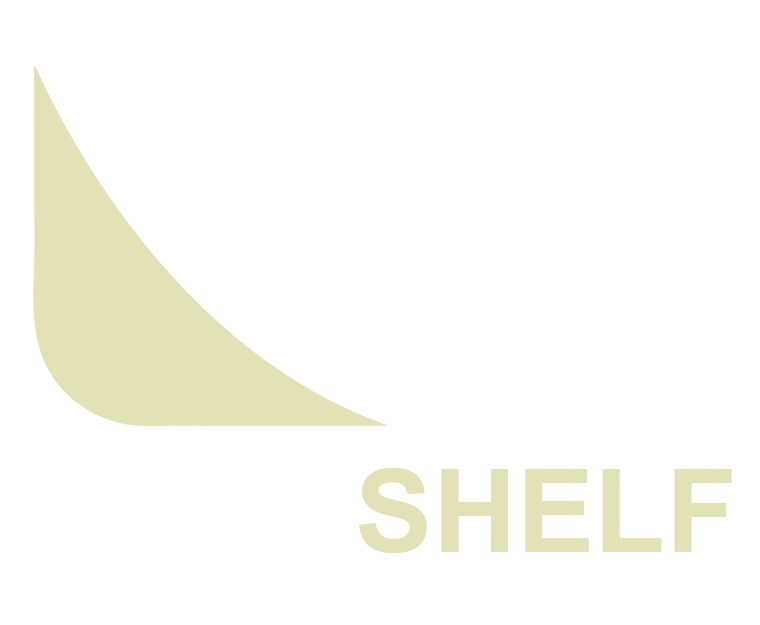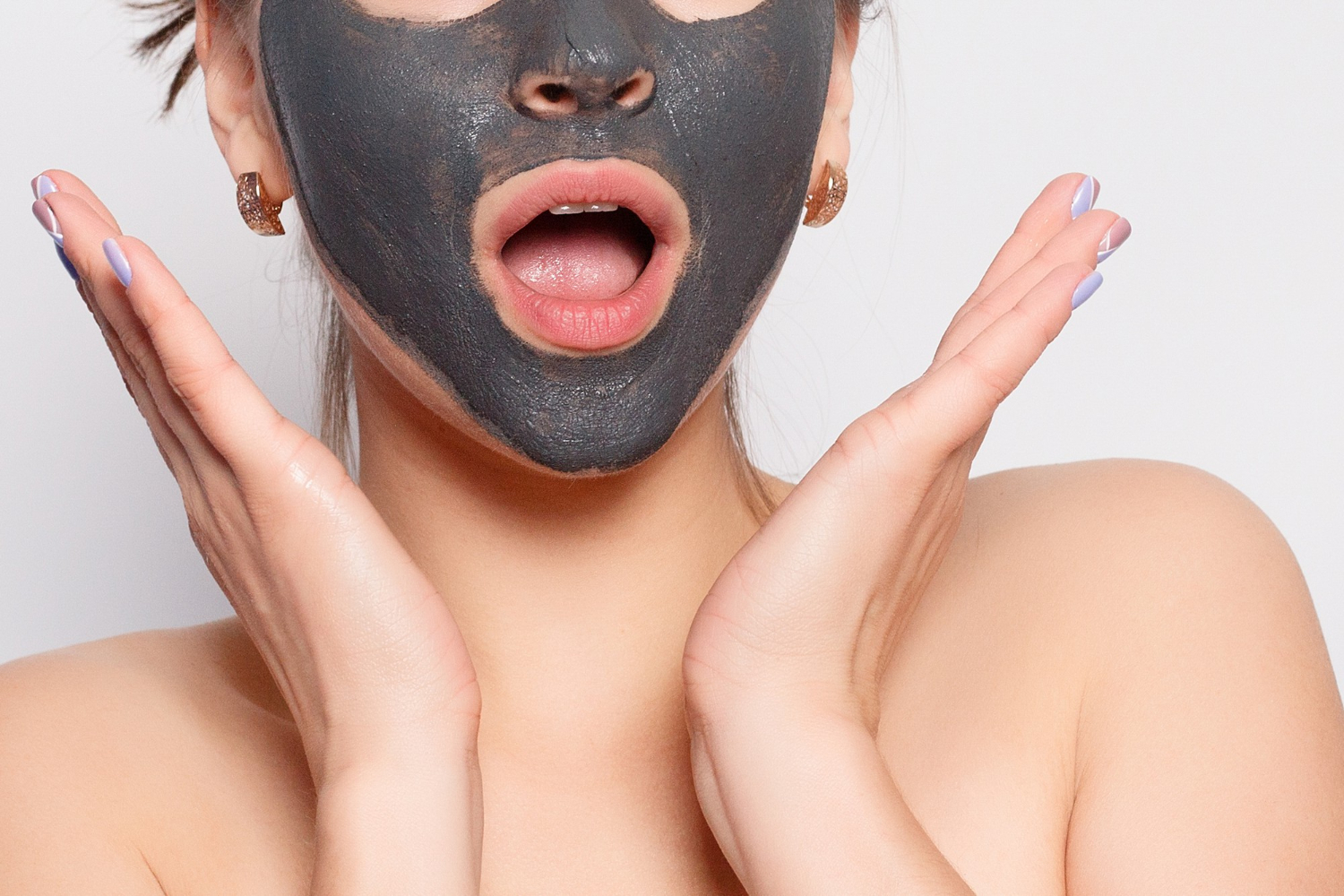Blackheads are a common skin concern that many people face. They occur when pores become clogged with excess oil and dead skin cells, resulting in dark spots on the skin’s surface. Finding effective Blackhead Remover can help clear pores, promote smoother skin, and boost overall confidence.
Many products and techniques are available for removing blackheads, each designed to suit different skin types and preferences. From cleansers and exfoliants to strips and masks, understanding which methods work best can lead to clearer and healthier skin. With proper care and product selection, anyone can tackle blackheads successfully.
Key Takeaways of Blackhead Remover
- Blackheads form due to clogged pores with oil and dead skin.
- Various products and techniques are available for effective removal.
- Proper aftercare is essential to maintaining healthy skin after treatment.
Understanding Blackheads
Blackheads are a common skin concern that can affect various skin types. Knowing what causes them and how to prevent them is essential for maintaining clear skin. They occur when pores become clogged with excess oil, dead skin cells, and bacteria.
Causes of Blackheads
Blackheads form when hair follicles get blocked. This process can happen due to several factors:
- Excess Oil Production: Oily skin is more prone to blackheads. The sebaceous glands produce excess oil, leading to clogged pores.
- Dead Skin Cells: When dead skin cells do not shed naturally, they can accumulate and mix with oil, forming comedones, or blackheads.
- Hormonal Changes: Hormones can increase oil production, especially during puberty, menstrual cycles, or stress.
- Certain Products: Some skincare and cosmetic products can clog pores. It’s essential to use non-comedogenic products.
- Bacteria: The presence of bacteria on the skin can worsen the condition, leading to inflammation and further clogging.
Understanding these causes helps individuals take better care of their skin.
Prevention Strategies
Preventing blackheads involves a consistent skincare routine and proactive measures:
- Daily Cleansing: Use a gentle cleanser twice a day to remove excess oil and dirt without stripping the skin.
- Exfoliation: Regular exfoliation helps remove dead skin cells. Chemical exfoliants like salicylic acid or glycolic acid can be effective.
- Use Non-Comedogenic Products: Look for skincare and makeup labeled as non-comedogenic to reduce the risk of clogged pores.
- Moisturize: Even oily skin needs moisture. Use lightweight moisturizers that do not clog pores.
- Stay Hydrated: Drinking enough water helps to maintain skin health and balance oil production.
By following these strategies, individuals can reduce the likelihood of developing blackheads.
Types of Blackhead Removers
There are various methods to blackhead , including physical tools and topical treatments. Each type has its benefits and considerations, making it important for individuals to choose one that suits their skin type and lifestyle.
Comedone Extractors
Comedone extractors are tools designed for manual blackhead removal. They usually feature a small loop at one end, which the user places over a blackhead and gently presses down. This action helps to push out the clogged material from the pore.
Benefits of Comedone Extractors:
- Offers immediate results.
- Can be more precise than other methods.
Considerations:
- Sterilization is crucial to avoid infection.
- Incorrect use may lead to skin irritation or scarring.
For best results, it is advisable to use a comedone extractor after a warm shower or after applying a warm cloth to the face. This technique opens up the pores, making extraction easier.
Pore Strips
Pore strips are adhesive strips that are applied to the nose and other areas with blackheads. When removed, they pull out dirt and oils from the pores, resulting in cleaner skin.
Benefits of Pore Strips:
- Quick and easy to use.
- Provides instant visual results.
Considerations:
- May not remove all blackheads.
- Can irritate sensitive skin.
For proper use, the skin should be wet before applying the strip. It is essential to follow the instructions carefully to achieve the best results and minimize irritation.
Topical Retinoids
Topical retinoids are vitamin A derivatives available in creams or gels. They work by promoting cell turnover, which helps prevent clogged pores and reduces the appearance of blackheads over time.
Benefits of Topical Retinoids:
- Effective for both blackheads and acne.
- Can improve overall skin texture.
Considerations:
- May cause dryness and sensitivity initially.
- Requires consistent use for optimal results.
It is suggested to start with a lower concentration to allow the skin to adjust. Using these products at night and applying sunscreen during the day is recommended due to increased photosensitivity.
Blackhead Removal Techniques
There are various effective methods to remove blackheads. Each technique targets the clogged pores that cause these blemishes. Below are two popular methods: manual extraction and chemical exfoliation.
Manual Extraction
Manual extraction involves physically removing blackheads using a special tool, such as a comedone extractor. This tool looks like a small metal loop and is used by applying gentle pressure around the blackhead.
Before extraction, it is important to clean the skin and open the pores. This can be done by steaming the face for 5-10 minutes.
After steaming, the extractor should be positioned around the blackhead. Firm but gentle pressure is applied. If a blackhead does not come out easily, it should not be forced, as this can cause skin damage or infection. Following extraction, applying a gentle toner or anti-inflammatory treatment can help soothe the skin.
Chemical Exfoliation
Chemical exfoliation uses active ingredients to help unstick dead skin cells and clear clogged pores. One effective option is glycolic acid, a type of alpha hydroxy acid (AHA). Glycolic acid not only exfoliates but also promotes cell turnover.
Using products with 10% glycolic acid in cleansers or masks can be beneficial.
Another option is salicylic acid, a beta hydroxy acid (BHA). It penetrates deeper into the pores, making it effective for oiler skin types. Regular use of these products can lead to smoother skin and reduced blackheads.
It is important to follow the manufacturer’s instructions and not to overuse these products to avoid irritation.
Aftercare and Skin Health
After removing blackheads, proper aftercare is essential for maintaining skin health. This involves specific steps to soothe the skin and strategies to prevent new breakouts.
Post-Removal Care
After removing blackheads, the skin can be sensitive. It is important to follow these steps:
- Cleanse Gently: Use a mild cleanser to wash the face. Avoid harsh scrubs or exfoliants for at least 24 hours to prevent irritation.
- Apply Soothing Products: Products with aloe vera or chamomile can help calm the skin. A light, non-comedogenic moisturizer keeps the skin hydrated without clogging pores.
- Avoid Sun Exposure: The skin may be more sensitive to sunlight. Using a broad-spectrum sunscreen with SPF 30 or higher is crucial.
- Do Not Touch the Face: This can introduce bacteria and cause new acne or irritation.
Maintaining Clear Skin
To keep skin clear in the long run, consider these practices:
- Regular Exfoliation: Use gentle exfoliants like salicylic acid or beta hydroxy acids (BHAs) once or twice a week. This helps prevent clogged pores.
- Balanced Diet: Eating plenty of fruits, vegetables, and whole grains can support skin health. Staying hydrated is also key.
- Choose Non-Comedogenic Products: Look for skincare and makeup labeled as non-comedogenic, which means they won’t clog pores.
- Consistent Cleansing Routine: Cleaning the skin twice daily removes excess oil and dirt.
Following these aftercare tips helps soothe the skin after blackhead removal and supports long-term skin health.
Product Selection Guide
Choosing the right blackhead remover involves paying attention to specific ingredients and understanding skin sensitivities. Both aspects are crucial for effective and safe treatment of blackheads.
Ingredients to Look For
When selecting a blackhead remover, ingredients play an essential role in effectiveness. Here are key ingredients to consider:
- Salicylic Acid: This beta hydroxy acid (BHA) penetrates deep into pores, helping to dissolve oil and reduce blackheads.
- Glycolic Acid: An alpha hydroxy acid (AHA), it exfoliates the surface of the skin, promoting cell turnover and preventing clogged pores.
- Charcoal: Known for its absorbent properties, charcoal helps draw out impurities and excess oil from the skin.
- Clay: Ingredients like kaolin or bentonite clay absorb oil and toxins, making them effective for maintaining clear skin.
Look for products that balance these ingredients to prevent irritation while targeting blackheads.
Sensitive Skin Considerations
Sensitive skin requires special care when choosing a blackhead remover. Here are some tips:
- Patch Test: Always perform a patch test before using a new product, especially those containing acids.
- Gentle Exfoliators: Opt for mild exfoliators such as those with natural ingredients or lower concentrations of acids to avoid irritation.
- Fragrance-Free: Fragrance can trigger sensitivities. Select products labeled as “fragrance-free” to minimize reactions.
- Moisturizing Agents: Seek formulations that include hydrating components like aloe vera or glycerin to maintain moisture and protect the skin barrier.
Being mindful of these factors will help manage blackheads without compromising skin health.



